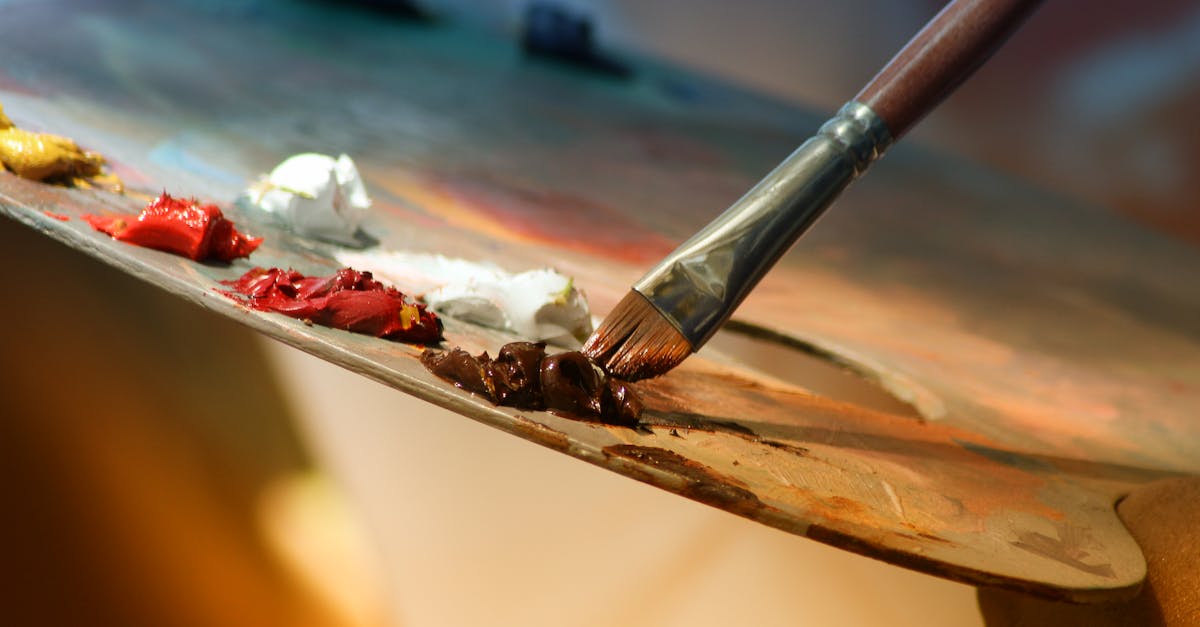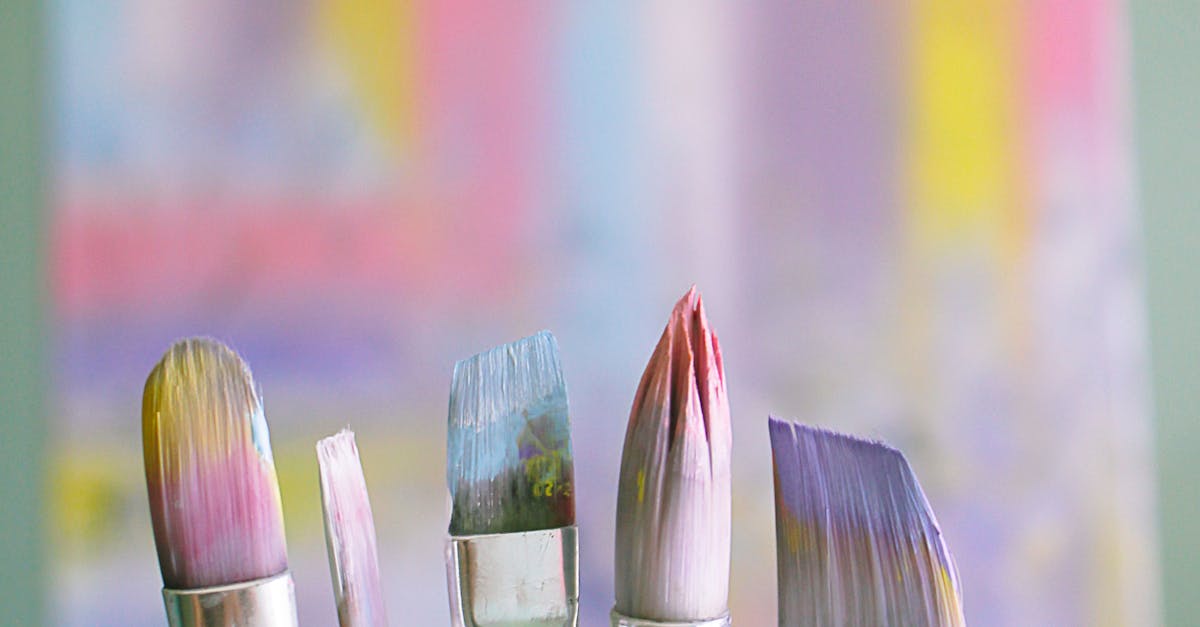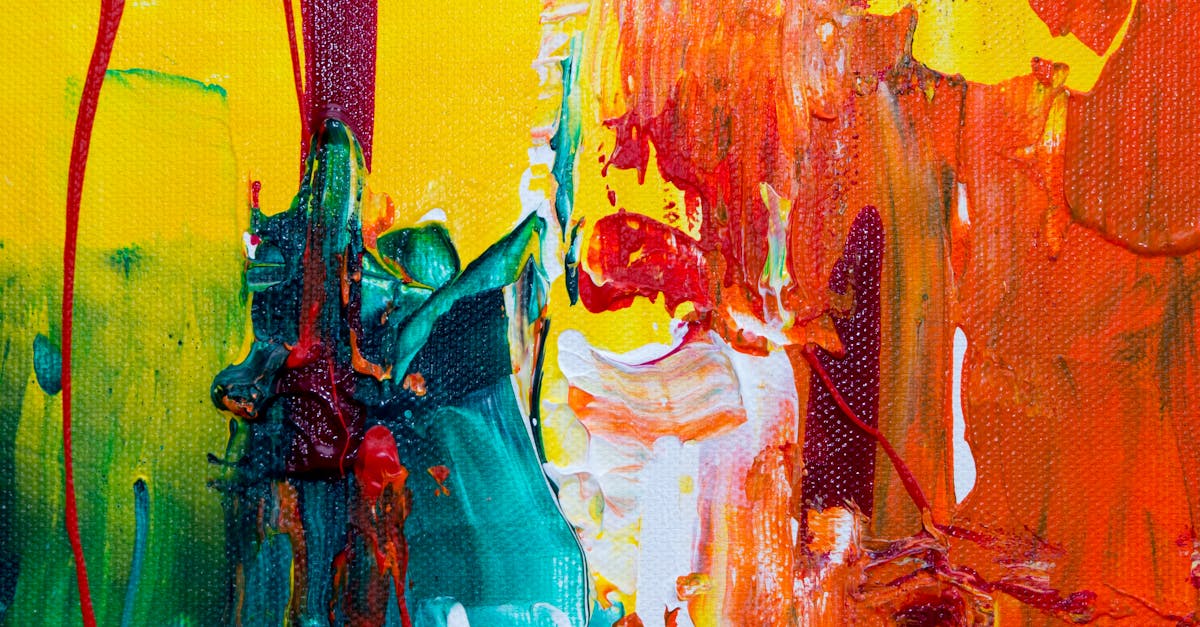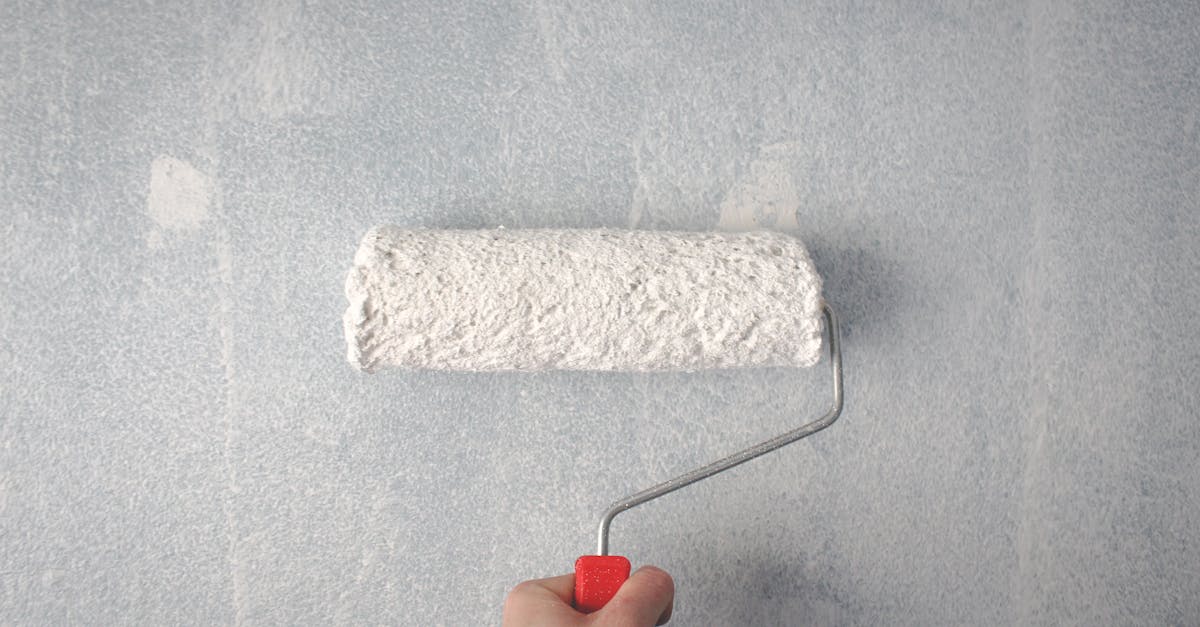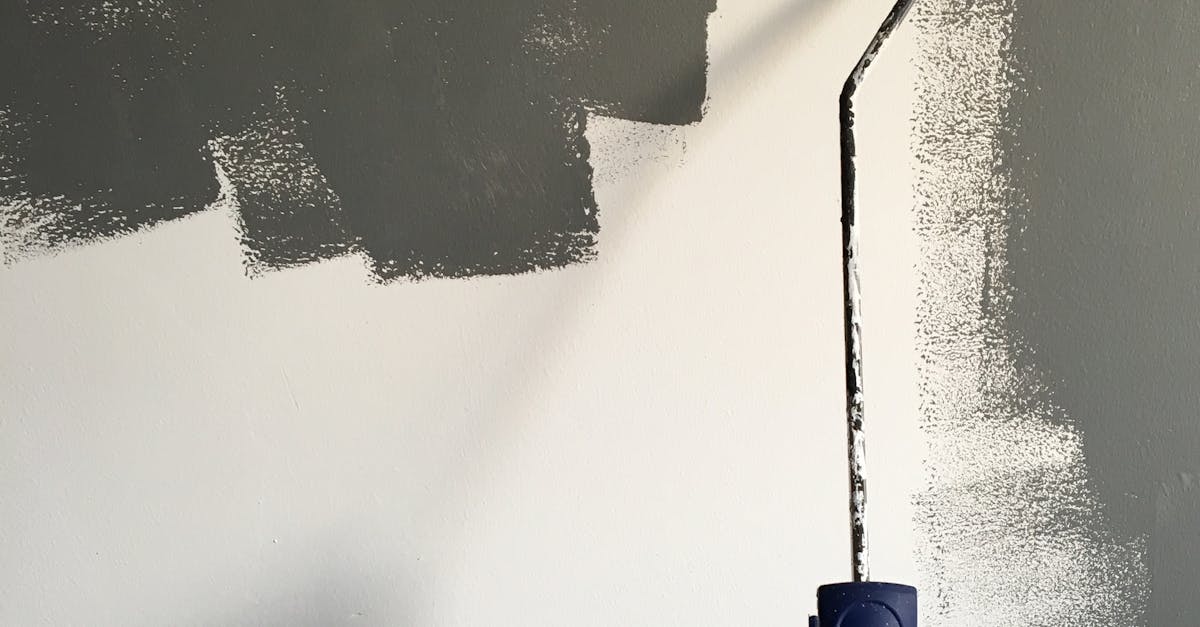
Applying Plaster to Drywall
Plastering directly over drywall is a common practice that can transform the look of a room. In Slough, Berkshire, homeowners often opt for this method to achieve a smooth and seamless finish. Before starting the plastering process, ensure that the drywall is clean and free of any debris. This step is crucial for a successful plaster application and will help the plaster adhere well to the surface.
To begin plastering in Slough, Berkshire, mix the plaster according to the manufacturer’s instructions until you achieve a smooth consistency. Using a hawk and trowel, apply the plaster onto the drywall in even strokes, working from top to bottom. Make sure to apply a sufficient amount of plaster to cover the drywall completely. Once the plaster is applied, use a float to smooth out any imperfections and achieve a uniform finish.
Techniques for a Smooth and Even Finish
Applying a smooth and even finish when plastering over drywall is crucial to achieve a professional look. In Berkshire, mastering the techniques for a flawless finish can significantly enhance the overall aesthetic of a room. To begin, ensure that the drywall surface is clean and free of any debris or dust. Imperfections on the drywall should be fixed before applying the plaster to prevent any irregularities in the finish.
When applying the plaster, work in small sections to maintain control over the consistency and thickness of the layer. Use a trowel to spread the plaster evenly, applying light pressure for a uniform finish. Pay attention to any edges or corners to avoid buildup that could result in uneven surfaces. Building up the plaster gradually and smoothing it out with long, sweeping motions will help achieve a seamless look. Practising these techniques in Berkshire will enable you to create a smooth and even finish when plastering over drywall, transforming a room with a professional touch.
Drying and Sanding
Once the plaster has been applied to the drywall, it is crucial to allow it to dry completely before proceeding to the next step. This drying process is essential for a smooth and even finish. In Plastering in Berkshire, professionals typically recommend waiting at least 24 to 48 hours for the plaster to dry thoroughly. To test if the plaster is dry, gently touch the surface to ensure it is no longer cool or damp to the touch.
After the plaster has dried, the next step is sanding to achieve a seamless and polished final surface. Using fine-grit sandpaper, gently sand the dried plaster in a circular motion to smooth out any imperfections or uneven areas. Take care not to sand too vigorously, as this can damage the plaster and ruin the finish. Once the surface is smooth and even, wipe away any dust with a damp cloth before moving on to the next stage of the plastering process.
Ensuring Proper Curing and Smoothing Out Imperfections
Achieving a flawless finish when plastering over drywall involves careful attention to detail throughout the curing process. Once the plaster has been applied, it is essential to allow sufficient time for it to cure properly. This process usually takes several days, depending on the type of plaster used and environmental conditions. Rushing this stage can lead to cracking and a subpar finish. Patience is key when plastering in Berkshire, as allowing the plaster to cure thoroughly will result in a more durable and aesthetically pleasing final surface.
In addition to proper curing, addressing any imperfections that may arise during the drying process is crucial for a professional-looking result. Minor imperfections such as small bumps or uneven areas can be smoothed out by using a damp sponge or sandpaper once the plaster is completely dry. Taking the time to rectify these flaws before priming and painting will ensure a smooth and seamless finish that enhances the overall appearance of the walls or ceilings. Plastering in Berkshire demands precision and meticulousness in order to achieve a high-quality end result.
Priming and Painting
Once the plaster has completely dried and been sanded to a smooth finish, the next crucial step in the process is priming the surface. Priming not only helps the paint adhere better to the plaster but also ensures a more even and professional finish. Select a high-quality primer suitable for plastering in Berkshire, and apply it evenly across the surface using a roller or brush. Allow the primer to dry completely before moving on to the final step of painting.
When it comes to painting over plastered drywall, choosing the right paint is essential for achieving a lasting and visually appealing result. Opt for a paint specifically formulated for plaster surfaces to enhance durability and coverage. Apply the paint evenly in thin layers, allowing each coat to dry before applying the next. Once the final coat has been applied and dried, your plastered walls will be ready to showcase a smooth and seamless finish.
Adding a Final Touch for Protection and Aesthetics
To complete the plastering process in Slough, Berkshire, after ensuring the thorough drying and sanding of the plastered drywall, it is imperative to apply a protective and aesthetically pleasing finish. One of the last steps in this journey is priming the surface before painting. Using a high-quality primer designed for plastered walls will enhance the paint’s adhesion, durability, and overall finish. This step is crucial as it creates a smooth and uniform surface for the paint to adhere to, ensuring a professional and long-lasting result.
When selecting a paint for plastered drywall, opt for a high-quality paint suitable for interior walls. The chosen paint should complement the room’s decor while also providing durability and washability. Applying paint with even strokes using a roller or brush will further enhance the visual appeal of the plastered wall. Remember, painting is not only about colour but also about protecting the plastered surface from daily wear and tear, making it essential for maintaining the fresh and appealing look of plastered walls in Slough, Berkshire.
FAQS
Can I apply plaster directly over drywall?
Yes, you can plaster directly over drywall. It is a common practice to apply plaster on drywall to achieve a smooth finish.
What are some techniques for achieving a smooth and even finish when plastering over drywall?
To achieve a smooth and even finish when plastering over drywall, it is essential to apply the plaster in thin, even layers and use techniques such as feathering and blending to avoid visible seams or imperfections.
How should I dry and sand the plaster after applying it to drywall?
After applying plaster to drywall, allow it to dry completely according to the manufacturer’s instructions before sanding it smooth. Use fine-grit sandpaper to gently sand the surface and remove any rough spots or imperfections.
How can I ensure proper curing of the plaster and smooth out any imperfections?
To ensure proper curing of the plaster, allow it to dry and cure completely before sanding or painting. If there are any imperfections, such as lumps or bumps, you can use a putty knife or sandpaper to smooth them out before priming and painting.
Do I need to prime and paint the plastered drywall surface?
Yes, it is recommended to prime the plastered drywall surface before painting to ensure better adhesion and a more professional finish. After priming, you can paint the surface with your desired colour for a polished look.
What can be added as a final touch for protection and aesthetics after plastering over drywall?
To add a final touch for protection and aesthetics after plastering over drywall, consider applying a clear coat or sealer to protect the surface from moisture and wear. This will also enhance the overall appearance of the plastered wall.

